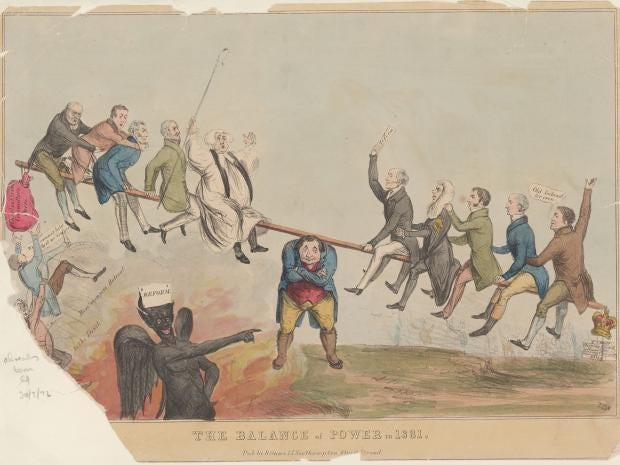
The victory of the People’s Party brought a new law that prohibited the manufacture and distribution of alcohol except for medical purposes. After the Indiana Supreme Court declared this law unconstitutional, temperance supporters made it a political issue.įormer Whigs and members of the American or Know-Nothing Party campaigned as the People’s Party in 1854 on a prohibition plank, while Democrats, including many Germans, condemned the “intemperate” position of their opponents. Local temperance advocates achieved a temporary victory in 1853 when the legislature gave each township the option to prohibit alcohol sales.
#Disintegration of the whig party free
Although the first city election approved a tax for a free school system, subsequent levies for street improvements, gas lights on the streets, a hospital, and full-time police and firemen were not always successful.Īt times, reform issues such as Temperance touched Indianapolis. The growth placed a great burden on basic services, which the young community could ill afford.

The demise of the Whigs in the mid-1850s allowed Democrats to carry most of the elections until 1858 when the Republicans elected their first mayor and a majority of the city council.īy 1850, Indianapolis was the state’s largest city 10 years later, its population had more than doubled. The Whigs successfully secured the charter and elected the first mayors. Revisions to the charter in 1853, 1857, and 1859 doubled the councilmen from each ward, changed the terms of all officials first to two and ultimately to four years, and increased the taxing limit. The first charter provided for a mayor to serve a two-year term and a city council of seven members to serve one-year terms. Disintegration of the Whig Party about 1854 created opportunities for minority factions before the Republicans emerged to become, along with the older democratic party, one of the two major parties in the state.Īfter Indianapolis secured its city charter in 1847, local political battles revolved around electing officials and providing adequate governmental services. Many Know-Nothing officeholders were relatively unknown men with little political experience.Politics in Indianapolis before the Civil War reflected the stresses of a growing city against a background of national issues and changing political parties.

How could I be? How can anyone who abhors the oppression of Negroes be in favor of degrading classes of white people? Our progress in degeneracy appears to me pretty rapid, as a nation we began by declaring "all men are created equal." We now practically read it, "all men are created equal, except Negroes." When the Know-Nothings get control, it will read "all men are created equal, except Negroes, and foreigners, and Catholics." When it comes to this I should prefer emigrating to some country where they make no pretense of loving liberty-to Russia, for example, where despotism can be taken pure and without the base alloy of hypocrisy.īy 1856, the Know-Nothing Party was in decline. In 1855 Abraham Lincoln denounced the Know-Nothings in eloquent terms:

Between 18, the Know Nothings replaced the Whigs as the nation's second largest party. In Congress, the party had 5 senators and 43 representatives. In the presidential election of 1856, the party supported Millard Fillmore and won more than 21 percent of the popular vote and 8 Electoral votes. The party received its name from the fact that when members were asked about the workings of the party, they were supposed to reply, "I know nothing."īy 1855 the Know-Nothings had captured control of the legislatures in parts of New England and were the dominant opposition party to the Democrats in New York, Pennsylvania, Maryland, Virginia, Tennessee, Georgia, Alabama, Mississippi, and Louisiana. Allen called this secret society "The Order of the Star Spangled Banner," and it soon formed the nucleus of a new political party known as the Know-Nothing or the American Party.

In 1849 a New Yorker named Charles Allen responded to this anti-Catholic hostility by forming a secret fraternal society made up of native-born Protestant working men. Opponents of immigration capitalized on working-class fear of economic competition from cheaper immigrant labor, and resentment against the growing political power of foreigners. Louis immigrants actually outnumbered native-born citizens. In cities such as Chicago, Milwaukee, New York, and St. By 1856 the Whig Party had collapsed and been replaced by a new sectional party, the Republicans.īetween 18, more than three million foreigners arrived in America. Then, in the early 1850s, the two-party system began to disintegrate in response to massive foreign immigration. Democrats and Whigs drew strength in all parts of the country. Digital History Printable Version The Breakdown of the Party SystemĪs late as 1850, the two-party system seemed healthy.


 0 kommentar(er)
0 kommentar(er)
